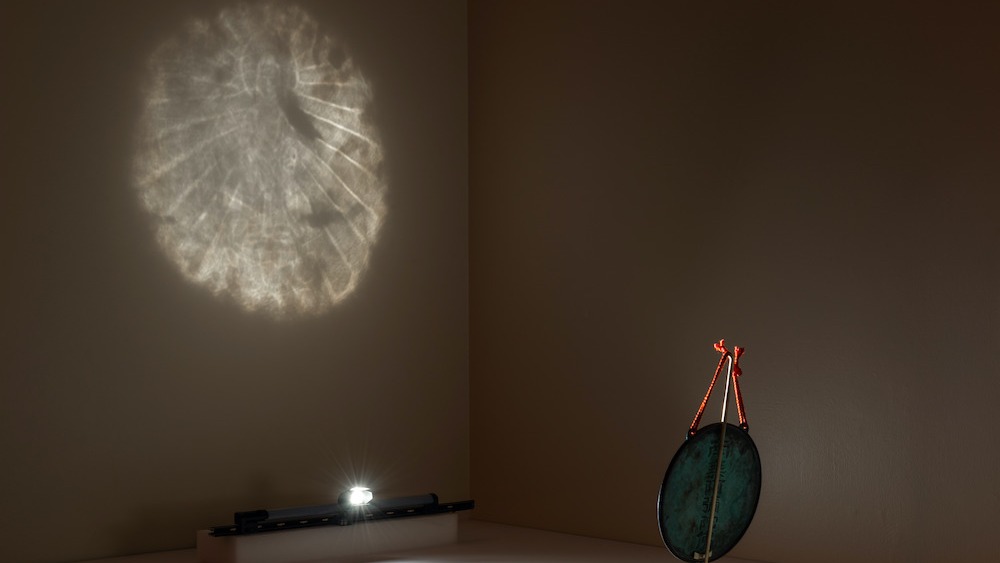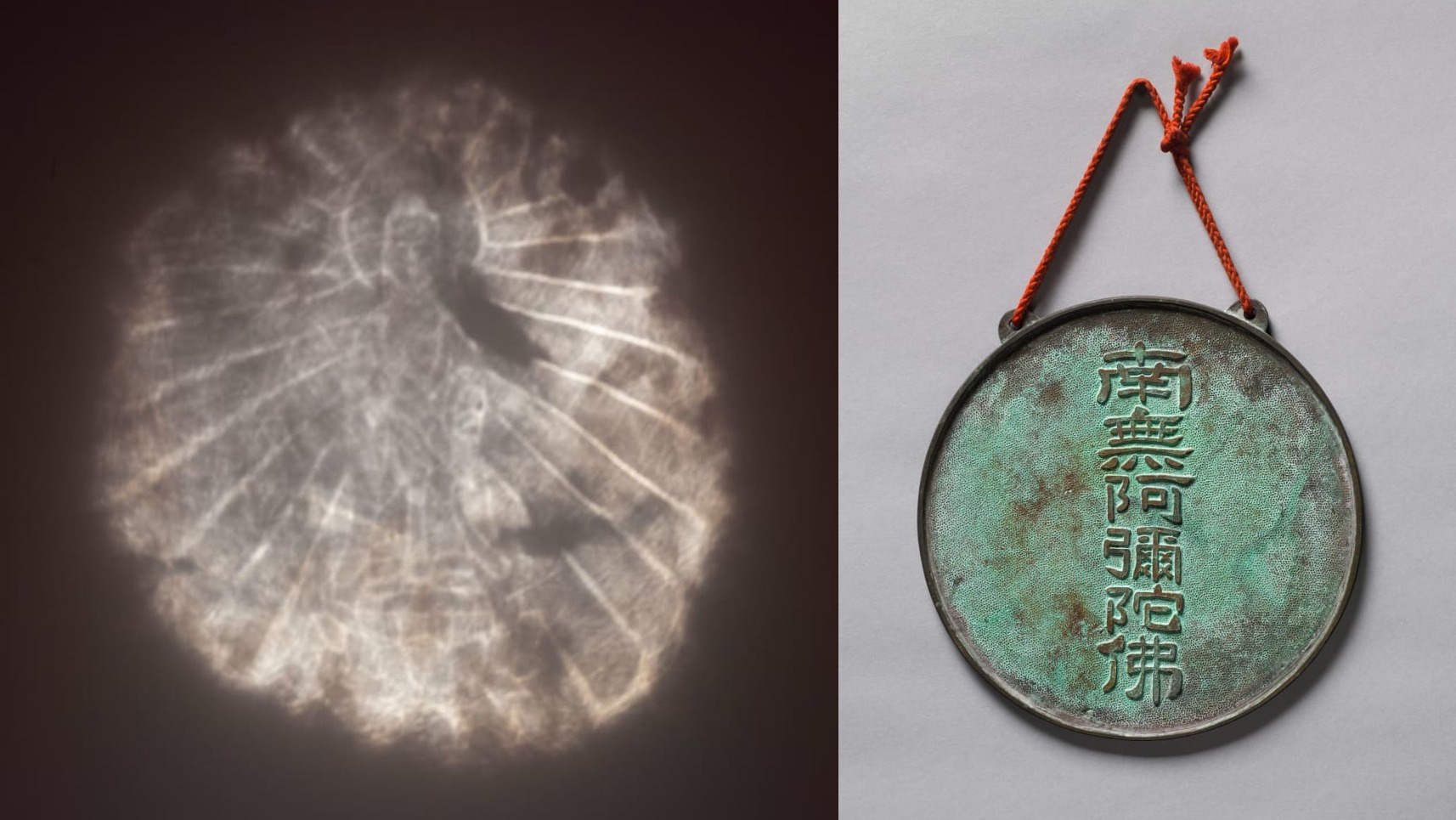'Magic mirror' hidden image revealed after curators shine light on it
Cincinnati Art Museum curators were surprised to find a hidden image of Buddha in a mirror stored away in the archives.

Curators at the Cincinnati Art Museum made a surprising discovery when they shined a flashlight onto a mirror in their collection, revealing a hidden image.
Last spring, Hou-mei Sung, a curator in the museum's East Asian art collection, was rummaging through one of the archives while conducting research on "magic mirrors." When these rare mirrors, typically from Japan or China, are viewed in a certain light, they reveal images on their reflective surfaces, according to CNN.
Sung noticed that the mirror, which measures less than 9 inches (23 centimeters) in diameter and is affixed with a strand of bright-red rope, resembled mirrors made during Japan's Edo period (1603 to 1867). Although the mirror was smaller than ones Sung had seen on display at other museums, she noticed something "very similar" about the piece, which dates to the 15th or 16th centuries, she told CNN.
She and a conservation expert took a closer look at the piece that had been sitting on a shelf away from public view for more than five years.
Related: Hidden Van Gogh self-portrait discovered under 'peasant woman' painting
"I asked her to shine a strong, focused light on the mirror," Sung told CNN. "So, she used her cell phone [flashlight], and it worked."
They saw something, but the light was too faint to create a strong image on the storage room's wall, so they found a brighter light, which revealed an image of a seated Buddha, with beams of light encircling him. Inscribed on the back of the mirror in bronze was the word Amitabha, also known as the "Buddha of Eternal Life" and one of the five cosmic Buddhas of Esoteric Buddhism.
Sign up for the Live Science daily newsletter now
Get the world’s most fascinating discoveries delivered straight to your inbox.

The find is rare; Sung is aware of only three other magic mirrors that contain Buddhist imagery in Western museums. One, at The Metropolitan Museum of Art in New York City, is from the 19th century and depicts the Buddha Amida. Magic mirrors originated in China and later became popular in Japan for both religious and secular purposes, according to The Met.
"We were so excited," Sung said. "No matter how much you can explain theoretically, it all depends on the master who polishes the surface, which is tremendously difficult. That's why they are so rare."
Curators are currently researching the origin of the mirror, which they think is from Japan or China. The piece is on display as part of the museum's collection.
Jennifer Nalewicki is former Live Science staff writer and Salt Lake City-based journalist whose work has been featured in The New York Times, Smithsonian Magazine, Scientific American, Popular Mechanics and more. She covers several science topics from planet Earth to paleontology and archaeology to health and culture. Prior to freelancing, Jennifer held an Editor role at Time Inc. Jennifer has a bachelor's degree in Journalism from The University of Texas at Austin.









